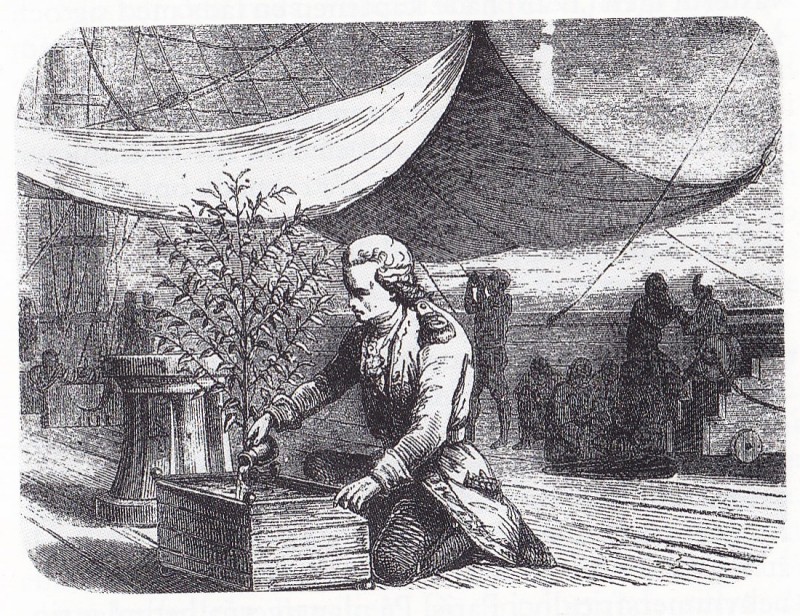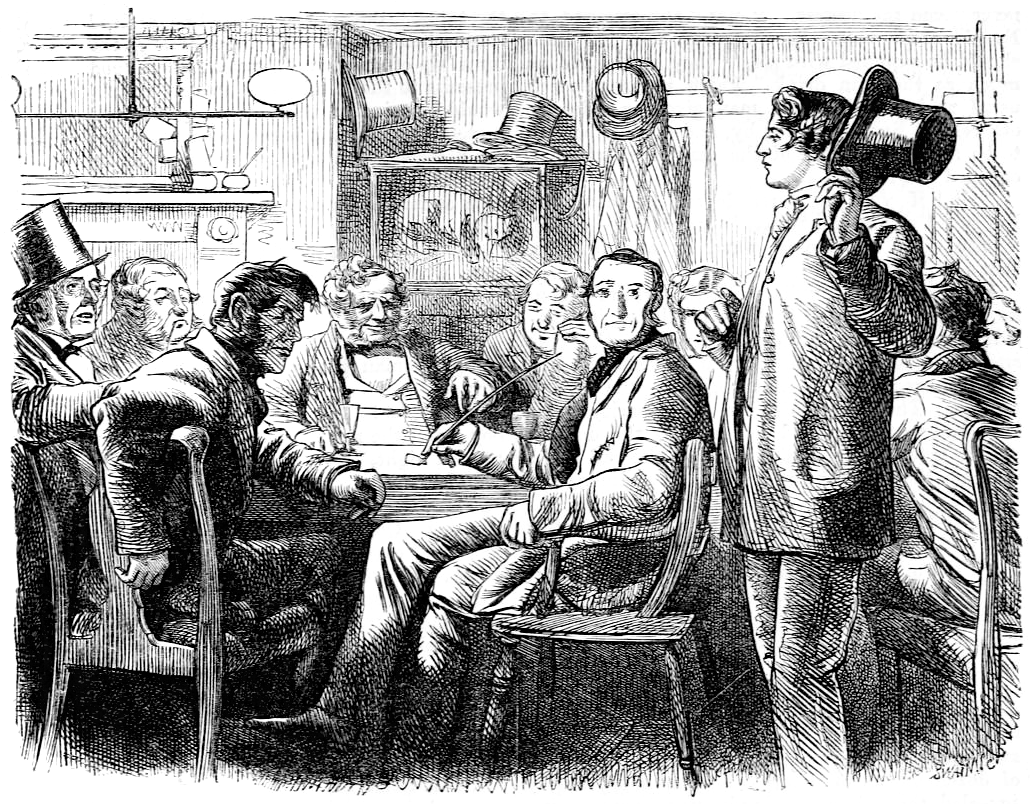“An integrated cup of coffee isn’t sufficient pay for four hundred years of slave labour”
Malcolm X
In the last two weeks, we went on a journey as the history of coffee made its way from the plains of Ethiopia to the densely populated cities of Europe; the drink went from being a stimulant of the Sufi monks in Yemen to a drink enjoyed by the intellectuals of Paris and London. But, today, we make our way across the Atlantic ocean and explore the history of coffee in the Americas.
The History of Coffee in the Caribbean

It is often believed that coffee was first introduced in the Americas by a French naval officer by the name of Gabriel de Clieu in 1723 when he smuggled the delectable coffee plant across the Atlantic Ocean to the French colony of Martinique.
It is believed that de Clieu stole a sole coffee plant from the Jardin des Plantes in Paris onto his ship, the Dromodaire. The journey was a strenuous one, and when the Dromodaire was just a few miles away from the shores of Martinique, they encountered a vicious storm that saw the crew lose much of their water supply.
With there being such little supply of water, de Clieu began rationing, and for the remainder of the journey split his own ration with the sole coffee plant that he had smuggled. But it was all worth it, as coffee soon became the island’s most-produced plant.
Though de Clieu’s story is a famous tale and one that can certainly be attributed to coffee’s larger history, it was in fact not the first time coffee had made its way to the Americas. Turns out it was already being grown by the Dutch in Suriname since 1718 and by the French in Hispaniola since 1715.
Regardless of who introduced the coffee plant to the Caribbean, it soon spread across the region. The British introduced it to Jamaica in 1730, the Spanish to Cuba in 1748, then to Guatemala in 1750, and soon thereafter the coffee plant made its way across the South American continent as it continued to be introduced throughout the late 1700s.
Coffee was soon introduced to Brazil, and much like de Clieu, it is a riveting tale that at times felt too crazy to be real.
Francisco de Mello Palheta was a Portuguese Lieutenant Colonel who was sent to French Guiana in 1727 in order to resolve a border dispute with Brazil, though his real intention was to smuggle a coffee plant out of the colony. This was not the first time in which de Mello Palheta attempted to smuggle French Guiana’s precious coffee plant, but this was his most creative. It is said that de Mello Palheta seduced the governor’s wife, who gave him a parting gift, a bouquet of flowers with coffee seeds hidden within.
Just like the tales of Kaldi and de Clieu, it is virtually impossible to know the legitimacy of these stories, though what is indeed a fact, is how quickly the coffee plant grew in popularity across Brazil. After the seeds were planted in the northern Brazillian state of Pará, it quickly thrived and by 1770, the coffee plant had spread its way down to the southeastern Brazillian state of Rio de Janeiro.
But for the coffee industry to grow and thrive in the New World, the Europeans needed to tap at one of history’s most disgusting and exploitative resources, slavery.
The History of Slavery and Coffee
“Have they not hung men with heads downwards, drowned them in sacks, crucified them on planks, buried them alive, crushed them in mortars? Have they not forced them to eat shit?”.
Unknown slave from a French colony in North America
The history of the Atlantic slave trade and the coffee boom that took place in the Americas are tightly woven with one another. The colonies of the Caribbean, as well as the Portuguese colony of Brazil, were teeming with slaves, who were originally brought over to work on the sugar, tobacco, and cocoa plantations. Though once coffee had been introduced to the New World, it was only a matter of time before this resource was to be cultivated through slavery as well.
And it wasn’t like the European powers had to import many slaves to harvest this new commodity either, for example, when de Clieu arrived in Martinique, the island was already home to 100,000 slaves brought over from Africa. This trade wasn’t slowing down either, as the French colony of Saint Domingue would receive a new ship of slaves every week.
The conditions of these plantations were equally horrific, regardless of the crop which was being grown. As one slave from the French colonies reported, “Have they not hung men with heads downwards, drowned them in sacks, crucified them on planks, buried them alive, crushed them in mortars? Have they not forced them to eat shit?”.
The coffee production in Brazil was also fueled through the use of slave labour on coffee plantations, which provided an extreme amount of wealth for the coffee plantation owners, better known as the coffee barons. These men held immeasurable amounts of power within Brazil and after contributing to the Proclamation of the Republic, the coffee barons helped influence political and economic policies within the young nation.
Though the coffee elite within Brazil helped transition the newly formed republic forward, as the coffee barons invested in banks, railways, and infrastructure, this wealth was only being amassed through the use of slave labour. This all came to a halt in 1888, when the slave trade was abolished in Brazil. With the abolition of slavery, the wealth of the coffee barons, along with their power quickly diminished.
To explore the history of coffee in the Americas, without looking at its closely tied relationship with slavery would be an injustice to the many who suffered in these horrific conditions, as well as those who lost their lives in these fields.
While coffee grew in popularity throughout the Caribbean and Brazil, the drink started to gain more and more favor amongst the North Americans, particularly those in the thirteen colonies administered by the British.
A Revolution is Brewing

Prior to the American Revolution, those in the thirteen colonies considered themselves to be loyal British subjects, and as such, emulated Britain’s thirst for coffee by partaking in the drink regularly themselves. This led to the first American coffeehouse being opened in Boston in 1689, though this was certainly not the most renowned one, no, that honour belonged to the Green Dragon. The Green Dragon was a coffeehouse regularly attended by men like John Adams and Paul Revere who sought to plant the seeds of rebellion and brew the bitter taste of revolution.
In 1773, the British Parliament passed a series of infamous taxes onto the colonials in North America, which they promptly responded with protests of no taxation without representation. To quell any hope of a rebellion, the British parliament quickly repealed many of the tax measures put forth, except for one—the Tea Act.
Through an act of rebellion, the colonials famously threw a large supply of tea into the Boston Harbour whilst disguising themselves as Native Americans. From then on, America became a coffee-loving nation, with the average coffee consumption in pounds per capita rising from 0.19 in 1772 to 1.41 in 1799.
Now that we have gone through coffee’s meteoric expansion from Ethiopia to Arabia to Europe to the Americas, we will now take a short vacation to the far east, so join us next week as we explore the history of coffee in Asia.


